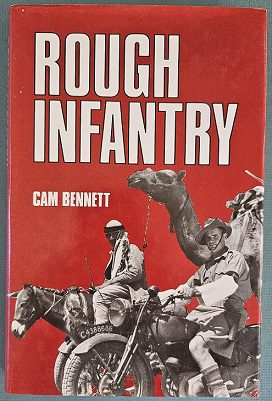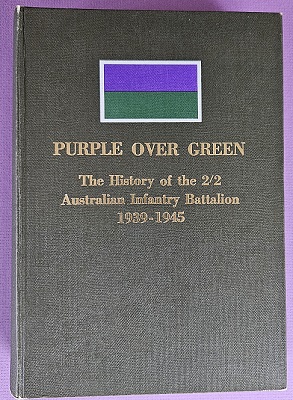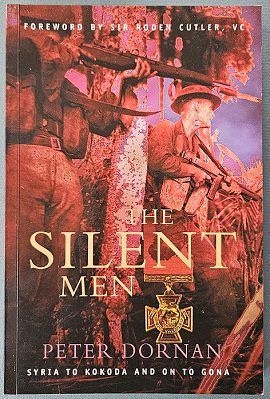Description
Title: Men May Smoke – Being the Final Edition of the 2/18th Battalion AIF Magazine
Author: Ziegler, Oswald
Condition: Very Good
Edition: 1st Edition
Publication Date: 1948
ISBN: N/A
Cover: Hard Cover without Dust Jacket – 92 pages
Comments: Covers the activities and history of the 2/18th Battalion and includes history as Prisoners of War – an exceptionally rare publication.
The headquarters of the 2/18th Infantry Battalion opened at Wallgrove Camp, west of Sydney on 13 July 1940. Its recruits were drawn principally from north-west New South Wales and Sydney and they trained at Wallgrove until 16 August. The battalion subsequently continued its training at Ingleburn, south of Sydney, and at Bathurst from 6 November. As part of the 22nd Brigade of the 8th Australian Division, the 2/18th sailed from Sydney bound for Singapore on 4 February 1941.
Immediately upon its arrival in Singapore on 18 February, the 2/18th moved north to Port Dickson in Malaya, where it would train for service under tropical conditions. In March it moved to Seremban in central Malaya, in late-August to Jemaluang on the east coast, and in early September to Mersing, also on the east coast. War with Japan was increasingly likely and the battalion set to preparing defensive positions.
The 2/18th stood to arms on 6 December 1941 but it was not until 3 January that it encountered its first Japanese – two downed airmen captured in a hut outside Mersing. On 17 January the 2/18th, much to the consternation of many members of the battalion, received orders to abandon the well-prepared defences at Mersing and withdraw to Jemaluang further south. Japanese successes to the west were threatening to outflank the forces on the east coast. Although never tested, the strong defences had dissuaded the Japanese from conducting a landing around Mersing and using the shortest landward route to advance on Singapore.
The 2/18th’s first major action was at Nithsdale Estate in the early hours of 27 January. The battalion lay in wait for the advancing Japanese and sprang an ambush involving three of its companies. It took the Japanese completely by surprise and inflicted heavy casualties. But command broke down in the dark – the complex ambush plan had been intended for daylight – and a premature withdrawal order from brigade headquarters forced the abandonment of D Company behind the bulk of the Japanese force.
After the Nithsdale ambush the 2/18th withdrew to Singapore. It was allocated a position in the centre of the 22nd Brigade’s sector on the island’s east coast but the wide frontage it was required to cover meant its platoons and sections had to be widely dispersed. When the Japanese launched their invasion on the night of 8 February, the 2/18th had no hope of holding them back, although its positions along the waterfront inflicted heavy casualties. The Japanese infiltrated between the 2/18th’s posts and the battled degenerated into vicious scattered engagements in the dark. Like most Australian units involved, it fell into a desperate retreat that ended with surrender on the outskirts of Singapore city on the night of 15 February.
Initially imprisoned in the sprawling Changi prisoner of war camp, it was not long before members of the 2/18th were allocated to external work parties and, as one soldier noted, “scattered to the seven winds”. The largest group of 2/18th prisoners were send to to Blakang Mati, off the southern coast of Singapore and lesser numbers ended up at other camps around Singapore and Malaya, along the Burma–Thailand railway, and in Borneo and Japan. The surviving prisoners were liberated in late-August 1945 and began returning to Australia almost immediately. The 2/18th was formally disbanded later that year.
Honour Roll included




